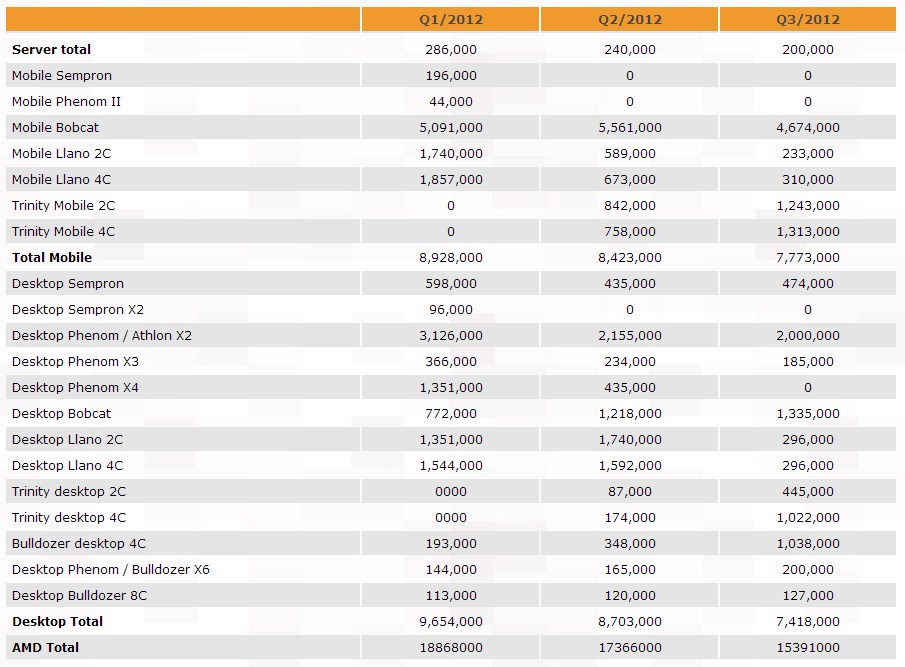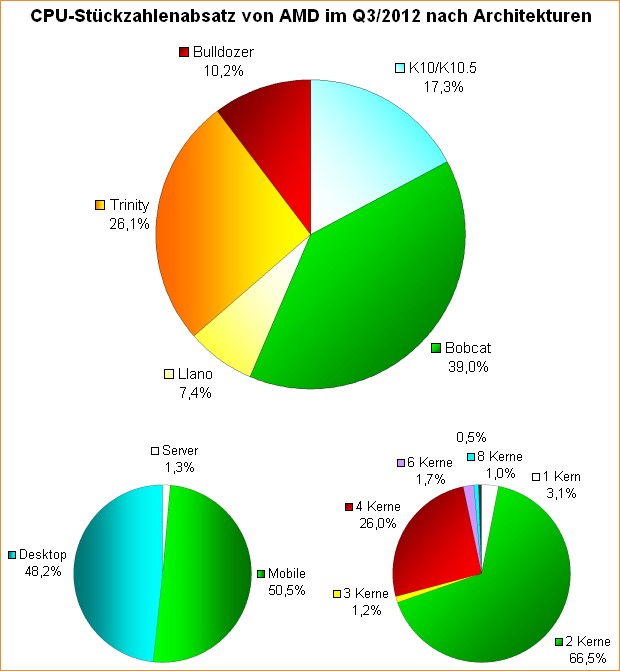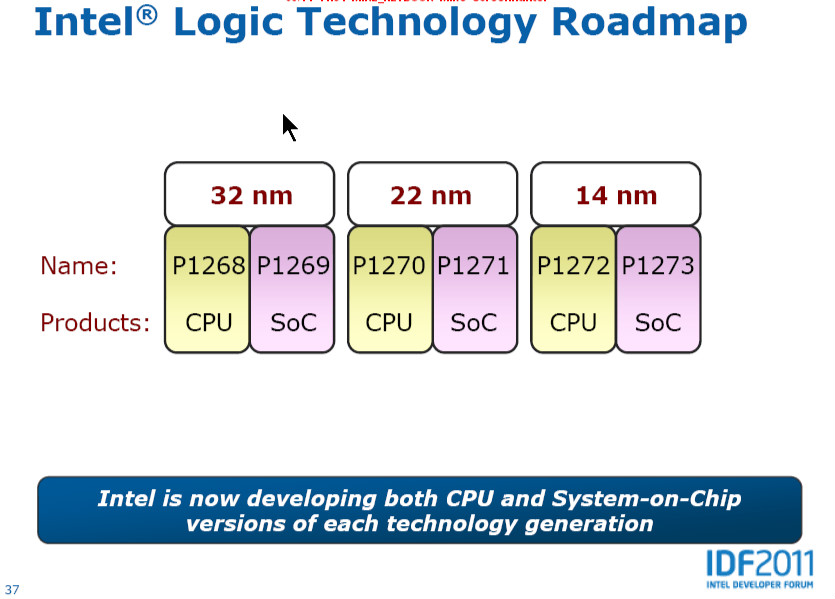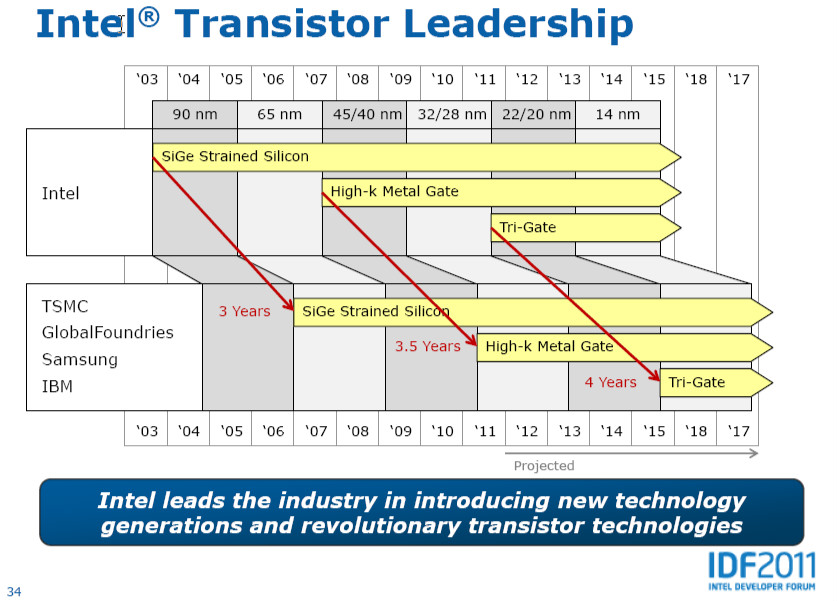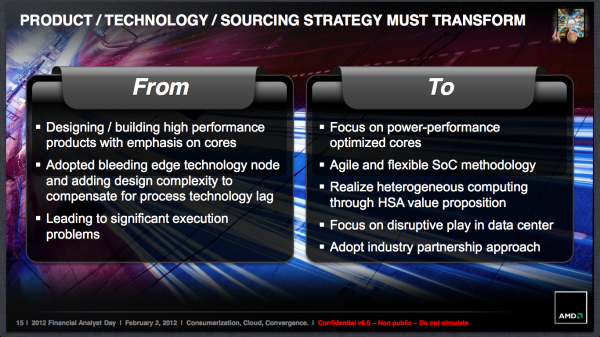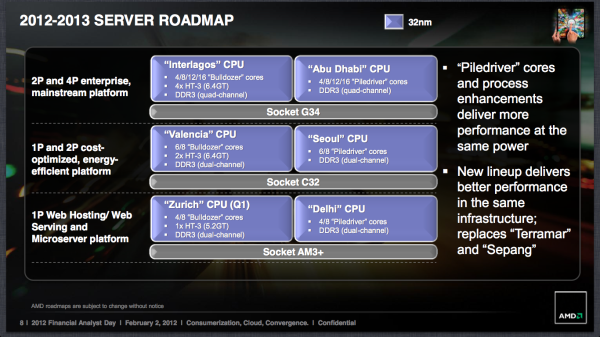Even the "retraction" doesn't seem too convincing...
http://semiaccurate.com/2012/11/19/amd-kills-off-big-cores-kaveri-steamroller-and-excavator/
According to some "other" forums, SA's Charlie has some good inside sources at AMD so there may be some fire here to match the smoke. Gotta admit that the move to ARM Opterons only would be the first smart thing that Rory's done.
http://semiaccurate.com/2012/11/19/amd-kills-off-big-cores-kaveri-steamroller-and-excavator/
According to some "other" forums, SA's Charlie has some good inside sources at AMD so there may be some fire here to match the smoke. Gotta admit that the move to ARM Opterons only would be the first smart thing that Rory's done.
![[H]ard|Forum](/styles/hardforum/xenforo/logo_dark.png)
